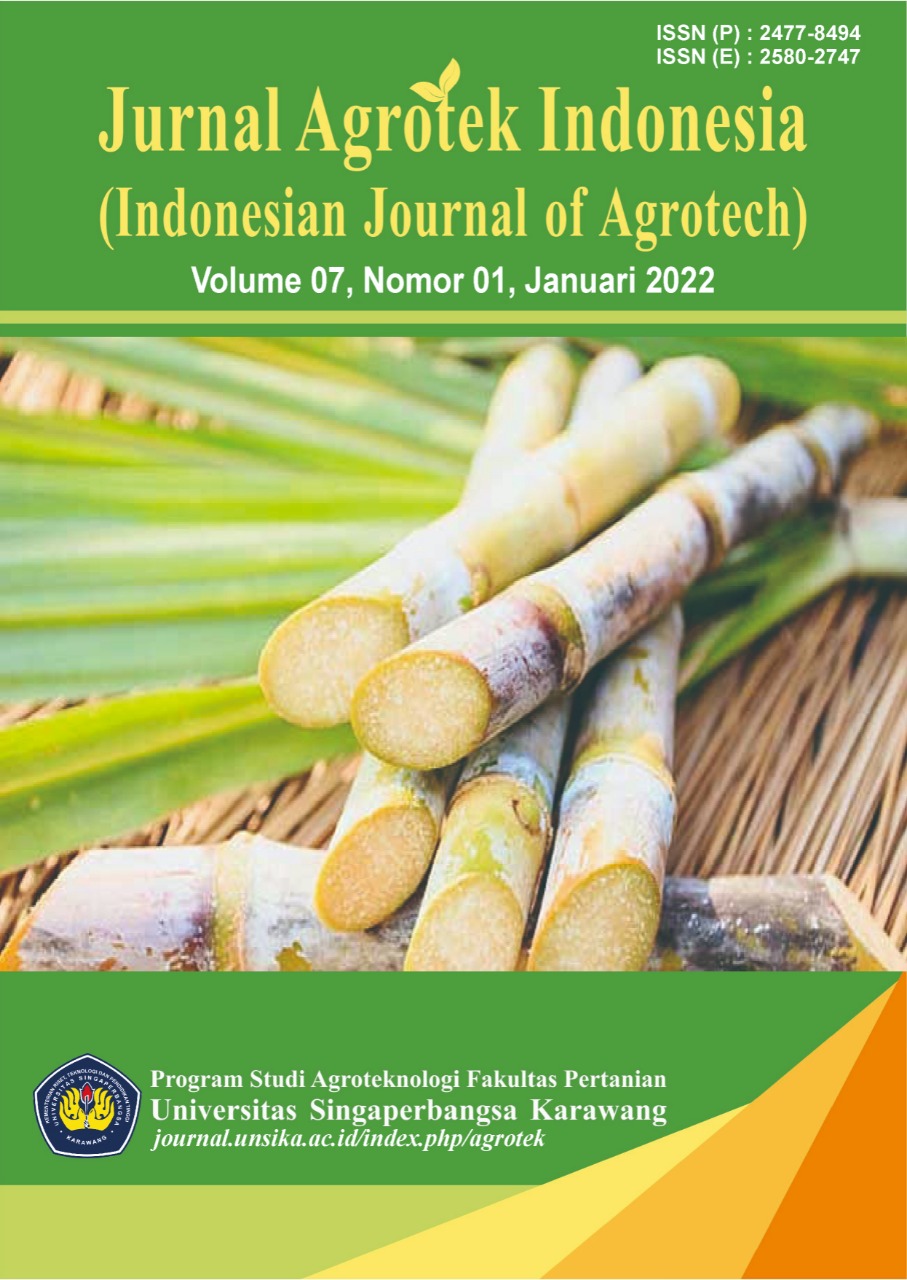Land Suitability Analysis For Avocado (Persea Americana) For Land Management In Upper Cimanuk Sub Watershed
Abstract
Part of the Upper Cimanuk Sub-watershed area experiences changes in land use which causes reduced vegetation, resulting in increased river water discharge during the rainy season and causes flooding and erosion, and drought in the dry season. Considering this, it is necessary to manage land in the Upper Cimanuk Sub-watershed by analyzing land that can be planted with plants that can overcome these land problems. Avocado plants can increase infiltration as well as have the potential to be cultivated in the Upper Cimanuk Sub-watershed. The purpose of this study was to determine the suitability of land for avocado plants in the Upper Cimanuk Sub-watershed and to determine the area of land that has the potential for avocado cultivation in the Upper Cimanuk Sub-watershed. The method used in this research is descriptive analysis method. The land suitability assessment system uses a matching system, namely by matching between the characteristics of the land and the growing requirements of avocado plants. The results of the land suitability analysis show that only a small part of the area belongs to the very suitable class (S1), which is only 5,714.03 Ha of the total area of the Upper Cimanuk Sub-watershed, while most of the Upper Cimanuk Sub-watershed area is included in the marginally suitable class (S3 ) with an area of 63,744.41 Ha. The area of land that has the potential for avocado cultivation is only 5,659.17 Ha. Karangpawitan sub-district is the most potential land for avocado development with an area of 1,077.72 Ha.
Downloads
Downloads
Published
How to Cite
Issue
Section
License

This work is licensed under a Creative Commons Attribution-ShareAlike 4.0 International License.









